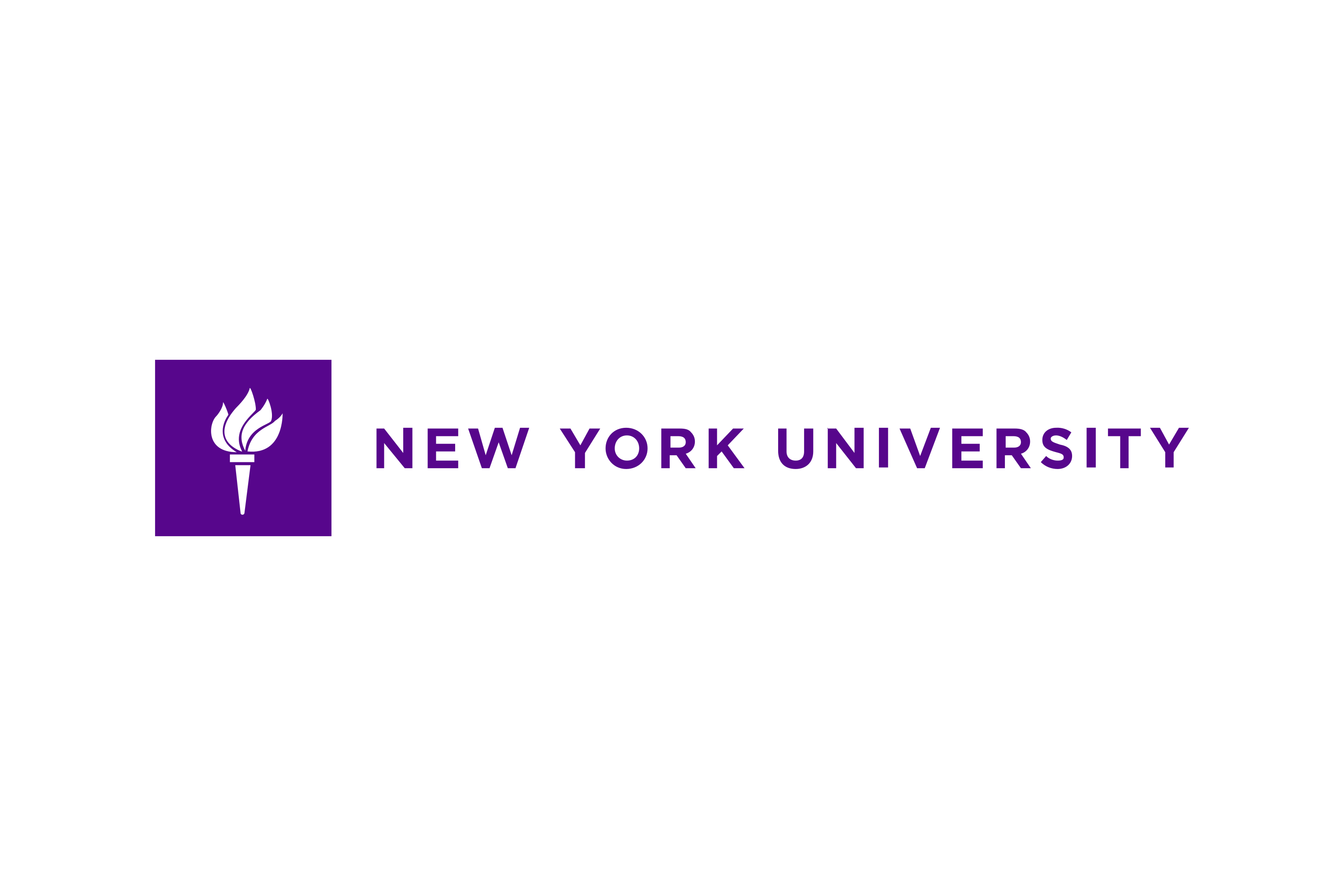New York University: New Approaches for Teaching Science Remotely Arise from the COVID-19 Crisis
A new paper on college science classes taught remotely points to teaching methods that enhance student communication and collaboration, offering a framework for enriching online instruction.
Students in Erin Morrison’s Liberal Studies’ Life Science course introduced themselves on the first day of class by displaying photos of their favorite plants from their home areas—an exercise that captured the similarities and differences among species of plants found around the world while also expanding the classroom experience to include students’ different locales. They included California redwoods (Sequoia sempervirens) from San Francisco, elegant zinnia (Zinnia elegans) from Washington, D.C., heartleaf philodendron (Philodendron hederaceum) from Miami, and green bristlegrass (Setaria viridis) from Seoul, South Korea. Photo credit: Kate Lord.
Study Finds Enhanced Student Communication and Collaboration
A new paper on college science classes taught remotely points to teaching methods that enhance student communication and collaboration, offering a framework for enriching online instruction as the coronavirus pandemic continues to limit in-person courses.
“These varied exercises allow students to engage, team up, get outside, do important lab work, and carry out group investigations and presentations under extraordinarily challenging circumstances—and from all over the world,” explains Erin Morrison, a professor in Liberal Studies at New York University and the lead author of the paper, which appears in the Journal of Microbiology & Biology Education. “The active-learning toolbox can be effectively used from a distance to ensure quality science education even under sudden conditions in a public health crisis.”
The rapid change from largely in-person to fully remote instruction and learning brought on by the COVID-19 pandemic presented numerous challenges for teachers and professors in all subjects—but notably so in the sciences, which often require in-person laboratory work.
Moreover, the switch from in-person to remote instruction in the spring of 2020 meant that educators needed to quickly adjust their methods to fit an online environment—a circumstance Morrison, along with her co-authors Genia Naro-Maciel and Kevin Bonney, faced with their classes beginning mid-semester last spring.
The trio implemented several methods after their courses went remote in March of 2020, allowing for a comparison between in-person and online instruction and learning within the same classes. Among those were the following, which were the focus of the Journal of Microbiology & Biology Education paper: an experiential hands-on biodiversity activity, an interactive human genetics lab, and an environmental science research project.
Biodiversity Activity
This experiential hands-on activity, entitled “Backyard Biodiversity,” required students to walk around their neighborhoods and identify unique plant species. The exercise could be conducted locally at any time and in any place using the freely available SEEK organismal identification app or an alternative. Paired students from different sites around the world then analyzed data and prepared online presentations, thus fully engaging in the scientific process while stepping away from their computers and into nature.
Interactive Human Genetics Lab
In the interactive lab, online students learned about Mendelian inheritance by remotely interacting with each other and focusing on human traits. Class data collected through these observations were then analyzed and used to discuss related scientific concepts and misconceptions. This online activity successfully engaged students and promoted learning gains by preserving a focus on human traits, and the ability to observe classmates’ faces, while facilitating valuable student-student interactions during the collection, analysis, and discussion of class-generated data.
Environmental Science Research Project
The pandemic further provided an opportunity to upgrade an in-person conservation biology research project into an online exploration of environmental health, through the lens of the pandemic being experienced in real time. Students worked digitally in teams to explore, analyze, and present under-emphasized, but significant, interactions between human health and environmental health. The often-overlooked relationships between the spread of diseases like COVID-19 and the wildlife trade or deforestation were focused on to highlight connections among human and non-human systems. Students also explored and learned how to debunk myths and misconceptions, developing key critical thinking skills amidst rampant and increasing misinformation and disinformation.
“The work shows how faculty can leverage the flexibility of the online environment and use existing remote tools to expand active learning possibilities and create meaningful classroom connections, even at a distance and during a global pandemic,” says Morrison. “Despite class members being physically distanced from each other all over the planet, timely and effective communication was preserved, and students were able to access alternative and freely available materials to engage in and complete hands-on field, research, and lab activities.”
For example, in the Biodiversity Activity conducted last spring, 60 undergraduates without prior botany experience got outside and identified more than 1,200 species of plants around the globe while carrying out the exercise.
Further, the professors note, students were consistently more interested and engaged in the Mendel exercise than in almost any other, and performed better than in earlier in-person courses on exam questions related to these topics. Similarly, pivoting the research exercise to group work focused on the pandemic in real time significantly boosted engagement and interest.
“We observed a level of class engagement and content mastery from students completing these activities that exceeded levels observed during the corresponding in-person learning activities that took place in previous semesters,” says Bonney.
“Keeping students engaged and learning was often challenging during the unexpectedly sudden transition from in-person to fully remote education stemming from the COVID-19 pandemic,” adds Naro-Maciel. “In response, we successfully adapted three activities to the remote environment, achieving remote experiential learning, designing a remote interactive virtual lab, and actively engaging students in remote research.”
Following anecdotal observations of success in promoting learning about key concepts and class engagement, the team plans to formally investigate the effectiveness of these techniques in the future, which may lead to adoption of pedagogical changes that lasts beyond the return to in-person instruction.

